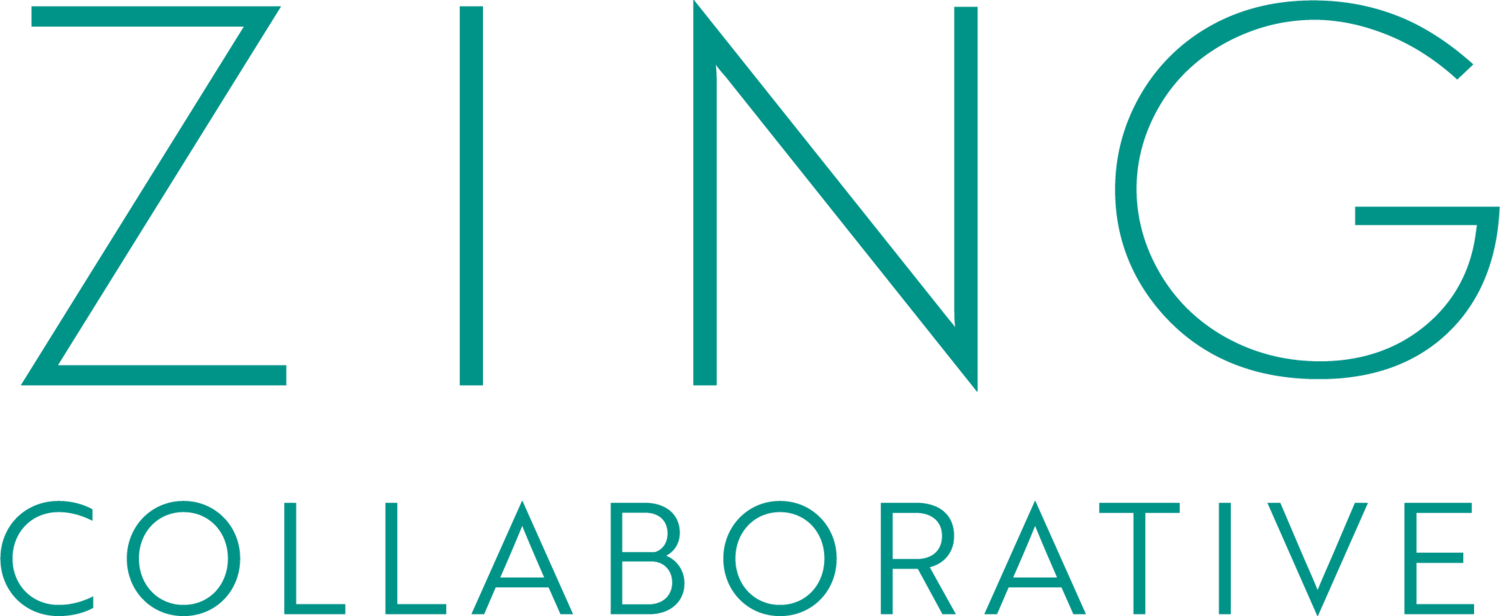Rotating Umbrellas, Leading Change
I was recently out to dinner, grateful to be sitting outside on a sunny evening and even more grateful to be doing so as part of a very special visit with my parents. There were three tables on a small outdoor patio. Each was covered by a rotating umbrella.
Four people sat down at the table next to us. Due to the positioning of their umbrella, two people at the table were sitting in the sun, and two people were sitting in the shade.
One of the men asked the server to rotate the umbrella so that he could be in the shade.
As the server rotated the umbrella, the other two people at the table were then sitting in the sun.
As a result, the group asked the server to rotate the umbrella again.
And again.
And again.
Each time the umbrella was rotated, someone at the table was happy (shade!) and someone else was uncomfortable (too much sun!).
This game of musical chairs rotating umbrellas went on for the duration of their dinner.
I couldn't help but think about the way that this scenario plays out within our organizations and in times of change.
Often, a metaphorical umbrella rotation (a change in policy, a change to the remote work policy, a new technology system, a renovation of the fourth floor) will feel like welcomed shade to some, and blinding sunshine to others.
It is impossible to please 100% of our team members 100% of the time.
However, as leaders, we can be thoughtful about what we do up front, during, and after these changes so that our team members feel heard and valued throughout the process.
We might learn, through team member feedback and conversations, that the solution isn't actually to rotate the umbrella —but rather, to get a bigger one, or to move the table altogether.
Below, you'll find some possible questions to ask if you are leading change —big or small—within your team, organization, or family.
What is the why behind this change? Have we clearly communicated it?
What positive outcomes do we expect as a result of this change?
What is our vision for the future?
How do we want our team members to feel throughout this process?
How have we communicated this change? How can we over-communicate this change?
Have we gotten input from those who will be impacted?
Have we communicated in advance to those who will be most significantly impact?
How will this change impact our culture, our people, and our desired outcomes?

